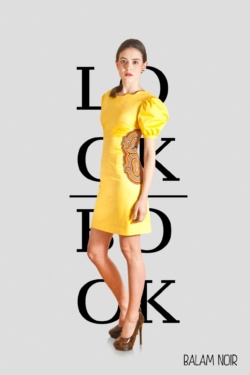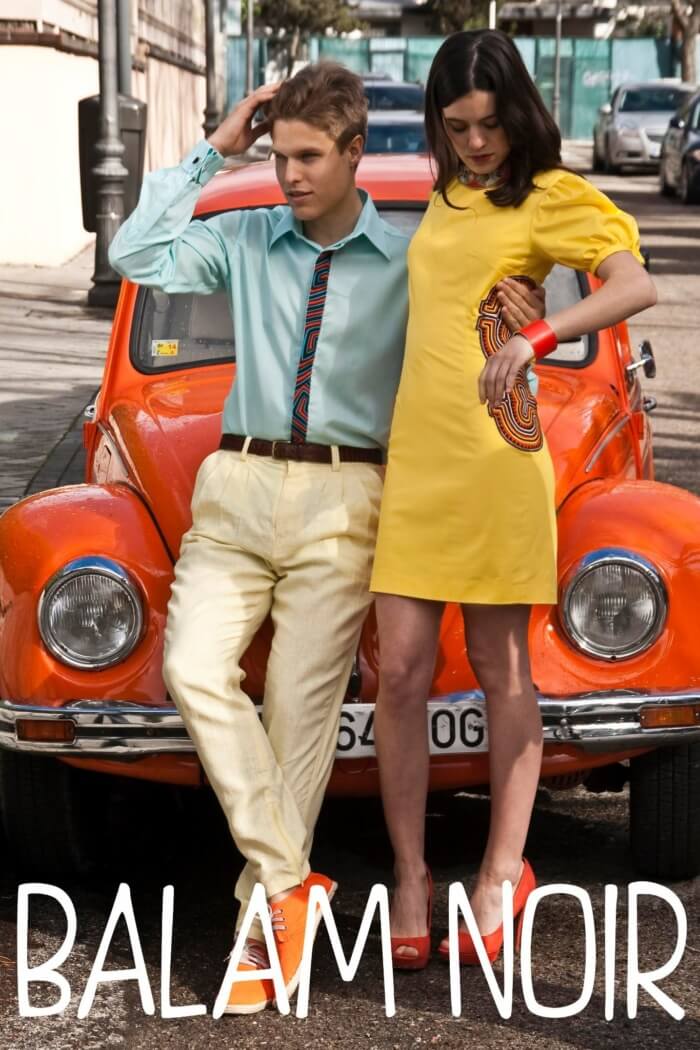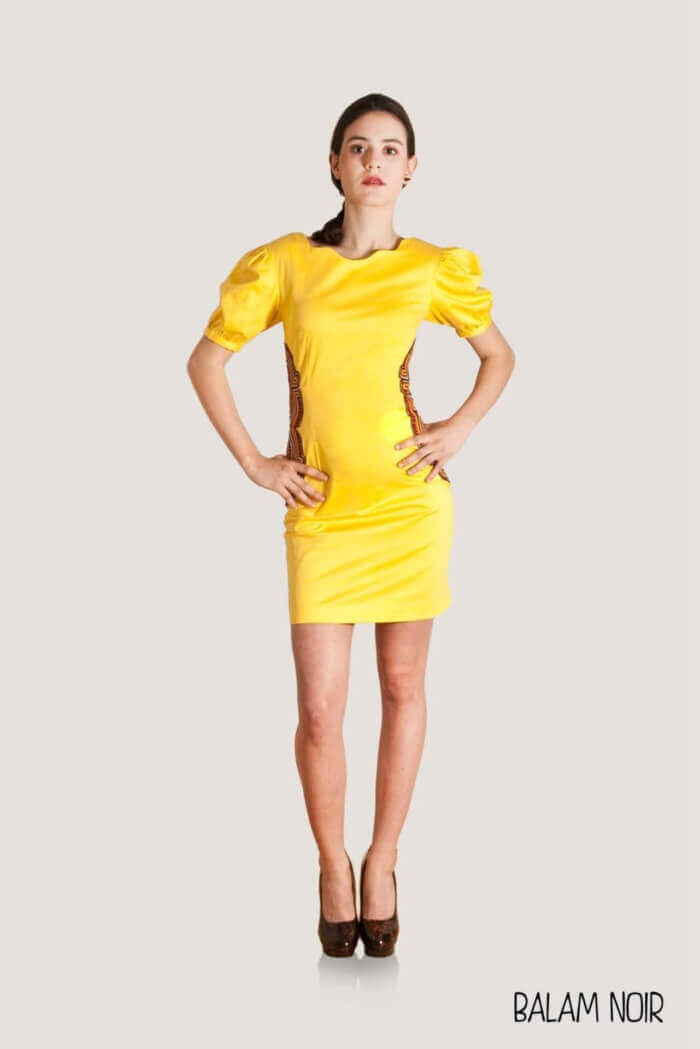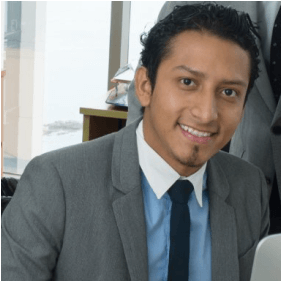#becauseofHATCH: Panamanian Artist Uses Creativity to Combat Climate Change
HATCH is a convergence of creative minds, focused on using their skills and passions to rapidly develop and implement next generation solutions to the world’s most pressing challenges.
Diwigdi Valiente tapped right into that Venn Diagram of heart, mind & taking action during the 4.5 days of HATCH Latin America. Hearing climate action leaders like Amanda Joy Ravenhill from Project Drawdown and Lauren Tucker from Kiss The Ground speak of the hope and positive way forward we can collectively choose, Diwigdi saw how he could use his powerful, multi-media art to highlight the impacts climate change is already having on indigenous populations. He also knew it was in his power to alert the world about the choice we can make right now to mitigate those impacts, and make a climate refugees’ transition to a new home more welcoming.

As a native Guna (or Kuna) from the San Blas Islands of Panama, Diwigdi has seen firsthand the impacts rising sea levels are having on his community’s ability to live and work in their traditional ways. As a well-seasoned world traveler – educated in diverse fields in Switzerland, South America, and Latin America – he also has the talents and business acumen to call global attention to the problem and actionable solutions.
#BecauseofHatch, Diwigdi is partnering with fellow HATCHer Adriana Pavon from Mexico to take his Balam Noir fashion collection to Fashion Week in September 2016. The first collection is designed to make conscious the main problems Guna People are facing, including climate change. The colors and shapes in the collection represent the Guna traditions and mythology; the connection they have with mother earth, the movement of the water in the sea, and the increasing rising of the sea level.
In a feature article from La Prensa, one of Panama’s premiere media outlets, Diwigdi notes that “although we have water, forestry, mining and cultural wealth, [indigenous people] are also the poorest people, with the highest rates of infant mortality, extreme poverty, alcoholism and malnutrition.” He also discusses the background, passions, and catalytic moment from HATCH Latin America that spurred him to take his fashion collection to Fashion Week.
As Diwigdi notes, “so far the supply of fashionable clothing that incorporate striking indigenous designs have been mainly generated by non-indigenous people. That has opened a space for the development of production directed and developed by the indigenous people themselves. For decades the indigenous “handcrafts” have been a major source of income in many countries – but there are new, different artistic expressions of indigenous origin that can be used in fashion. I see a big opportunity to create new products that people are willing to pay for. This is how Balam Noir was born; with the aim of harmonically synchronizing Western fashion and artistic traditional indigenous designs. That ensures promotion of cultural exchange, and ensures the economic development of people that once were considered uncivilized.”
The article also notes Diwidgi’s participation in HATCH Latin America,” a network that seeks to create a corridor of innovation and creativity in the region. Because like him, there are people in other countries using art as the best weapon to combat climate change.” (note: the Energy Necklace Project is directed by Susan Israel, another HATCHer and one of Diwigdi’s collaborators).
Read the full La Prensa article


Diwigdi has now coalesced his efforts into Burwigan. As the website notes, “Burwigan means ‘kids’ in Guna language and through art we tell the stories of the first future climate change refugees in Panama, the Guna Kids. We inform, engage and inspire action on climate change.”
